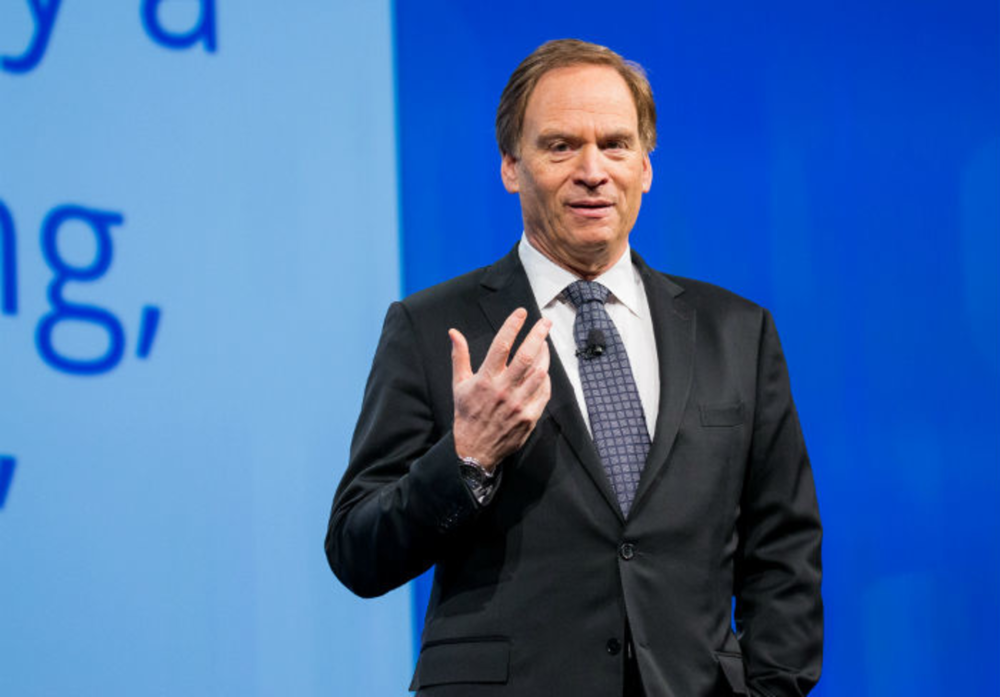The opening of McCann CEO Harris Diamond’s remarks to members of the mailing industry at the National Postal Forum seemed to presage a downer of a talk. He put up a slide of a quote that read, “It’s a regrettable fact there is today a great waste in this brand of advertising which, when well done, is so effective.” The quote, referring to catalogs, was pulled from a McCann brochure—from 1915.
There exists an “expanded territory” for direct mail, Diamond said, “something we haven’t seen in years.” But the point he wished to make with the quote was that demands for more effectiveness from direct mail—hardly the cheapest way to engage with customers—was not something new, just something more complicated.
“Today’s media events are more complex than they were 100 years ago. There are many more hurdles due to fragmentation,” he told the Nashville gathering. “But in a world in which people are endlessly bombarded with electronic messages, direct mail is now the most welcome house guest.”
As head of the Postal Service’s agency of record, Diamond gets paid to push the positives of mail. But he came armed with research attesting to direct mail’s enduring marketing value. A McCann study, he said, found that the average American spends 25 minutes a day with mail, something he has dubbed “The Mail Moment.”
“You come home from work, the mail in one hand, the cell phone in your pocket, and you sit down to go through the mail. It’s an important moment in people’s lives and one that presents great marketing opportunities,” Diamond said. “McCann has identified a balance between high-tech and high-touch. Vinyl record sales are up, postcards are popular again, companies are marketing portable printers to hook to your cell phones. There’s hardly a trend that doesn’t work to mail’s advantage.”
The man who watches over a $10 billion a year in marketing spend then shared five creative principles McCann follows for effective marketing campaigns:
1. Go where customers are. Try to see the world as customers see it and don’t be bound by traditional approaches. “Look at Pope Francis. He went out in street clothes at night to spend time with the homeless, took selfies with young people in crowds,” Diamond said by way of example. “Now he wasn’t marketing, we know he was sincere, but these acts served to make sure the changes he was making were understood.”
2. Maximize your media’s opportunities to engage with consumers. Explore the many ways mail can engage with consumers that digital means can’t. Diamond pointed to the Australian Air Force and a recruitment mailer it sent to engineering students. It was a box that consisted of the parts of a radio, but no assembly instructions. Future engineers who put it together anyway, turned it on, and tuned in to a dedicated station were offered commissions in the Air Force.
3. Use new technologies to enhance engagement and brand value. Diamond was bullish on the prospects for mail and augmented reality. “It’s a case of digital and paper working together to enhance the experience,” he said.
4. It’s all about reinventing the medium. “Technology gives us so many opportunities to reach people, to require them to take action. The time people spend in the mail moment is an enormous opportunity to use technology creatively.”
5. Focus on your relationship with consumers in a digital age. There are limits to how much information consumers want to give marketers. “When we send material to people, we have to know they’re interested in it,” Diamond said. “What the U.S. Postal Service is doing [with data] is really, really going to increase the ability reach people in the ways they want to be reached.”
The agency honcho insisted that multiplatform marketing without direct mail is like a day without, well…the mail moment. “From what we’re seeing at McCann, marketers are recognizing and taking advantage of how multifaceted mail really is.”






